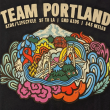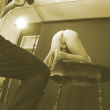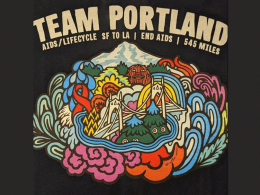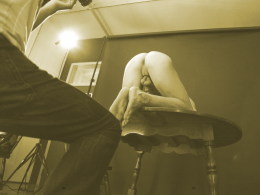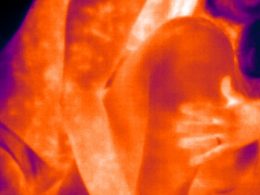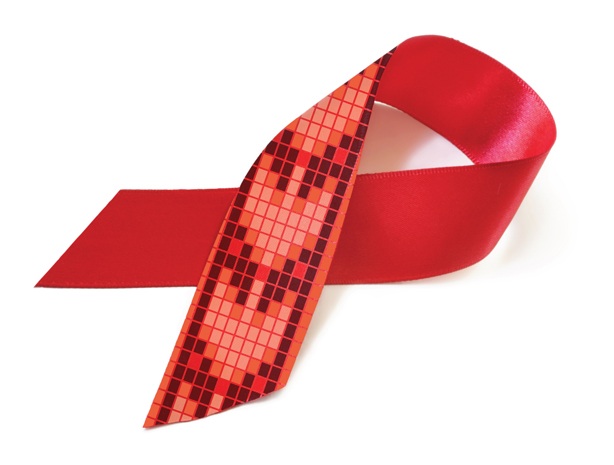
By Sy Mukherjee for ThinkProgress.
A Navajo reservation on the Arizona-New Mexico border has seen its HIV diagnoses go up by 20 percent since 2011. Despite a concerted push by the federal Indian Health Service (IHS) and public health advocates to expand tribal HIV education programs, doctors have found treatment and prevention efforts to be stymied by cultural stigma surrounding the disease and homosexuality.
Since the Navajo tribe is a comparatively isolated population, the topline numbers of HIV infections among tribe members are relatively low, and at least part of the rise is attributable to enhanced screening efforts. However, that same seclusion allows stigma and the fear of community repercussion to prevent infected Navajo men from seeking care once they are diagnosed. “Our communities are very small, and that can lead to people avoiding stigma, rather than getting the care they need,” IHS chief medical officer Dr. Susan V. Karol told the New York Times.
In turn, that stigma can prevent tribe members from even discussing the disease and their various treatment and prevention options:
Melvin Harrison, the executive director of the Navajo AIDS Network, which provides services for tribal members with H.I.V., said that of the 65 people his group treats, a majority have not told family or friends.
“That’s how big the stigma is here,” he said. “They are afraid of rejection.” […]
One Navajo man, who contracted H.I.V. from his partner in 2001, recalled how his mother refused to hug him and served him food on plastic plates when she found out he was infected. […]
[The] man has not told his three brothers that he has H.I.V. because he fears they will shun him. “I don’t think I’ll ever tell them,” he said. “I don’t want to be pushed out of their lives.”
This dynamic devolves further due to the added stigma regarding homosexuality in the tribe. The IHS estimates that men who have sex with men (MSM) accounted for accounted for nearly half of the new cases since 2011, and 75 percent of the Navajo AIDS Network’s clients are closeted homosexual men.
But this tendency to sweep HIV infection under the rug presents a major barrier to an effective treatment regimen. Family and community awareness of the disease is an important tool for making sure that HIV-positive men are following through on their medications and checkups. Conversely, the desire to keep a diagnosis secret can create tensions in tribal doctor-patient relationships and contribute to treatment noncompliance. Teen mothers and mentally ill Americans have faced similar stigma, and have either forgone care or been denied access to adequate medical and social resources as a consequence.
For the Navajo community in particular, overcoming these archaic cultural mores is literally a matter of life and death. Although the medical reason for it remains ambiguous, researchers note that Native Indians diagnosed with HIV and AIDS have a lower chance of survival compared to other racial groups.



